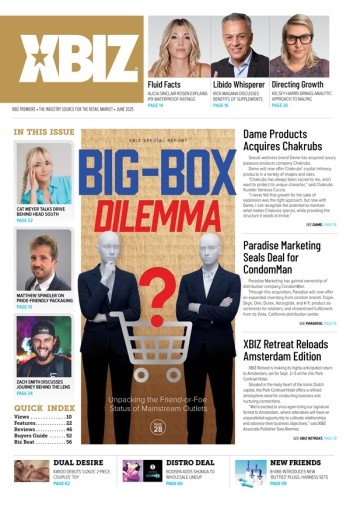Surfers are more Internet savvy than they used to be back during the dawn of the Internet, and they have come to expect — nay, demand — more from their Internet experience.
Because of this, having a user-friendly site has become an important part of web design and development.
Good web design starts with solid standards. Adhering to standards isn't just a fad or a trend — it can help make your site more accessible to a larger audience. Sloppy HTML can make your site look different between various browsers. In addition to Microsoft Internet Explorer, more users are looking to alternative browser options such as Firefox, Safari, Opera and others. There are also differently abled users to consider. A standards-compliant website will make your site accessible to blind or vision-impaired users who use text readers to navigate the web.
Development Tip: To find instructions on how to make your site standards compliant, visit www.W3.org. There are even HTML and CSS check tools to help you find compliance issues and fix them more easily.
Customers log onto the Internet in many ways these days. Some are logging in via their desktop computers — some still on dial-up, others on high-speed, and many using broadband connections. Others are checking out your site using mobile devices. Some can view your HTML site in full, but others will just get a text version. Offering connection options can help you to meet the needs of all of your site's visitors. A low-speed (dial-up) option will help you stand out among your competitors that take longer to load, a high-speed option will help you meet the quality demands of your broadband visitors and a mobile site option will help you give these users an all-around better experience. Offering links to these choices on your index page — somewhere visible, at the top of the page or under your main logo, for example — will make it even easier for your visitors.
Development Tip: Creating a faster-loading, less graphically intense version of your site can be done rather quickly, and there are lots of tutorials and free services online that will help you to create a mobile version.
A site that is easy to navigate builds up an initial feeling of trust between you and your customer.
Think about your own surfing experiences. If a site seems like it's jerking you around, or products and services are hard to find within all the sales hype, chances are you'll move on and go somewhere else. Provide navigational links at the top or in the sidebar of your pages, and provide text-link alternatives at the bottom of your page. If your site is many-pages deep, you may want to also consider adding a sitemap to make sure everything is easy to find. Avoid fancy Flash-based navigation menus — they may look great, but can cause confusion.
Development Tip: Have a friend navigate through your site and let you know if they have any issues, or if they have problems locating anything. Sometimes you can be too close to a project, and will miss obvious navigational issues.
If your product or service descriptions aren't descriptive enough, you may be less likely to make a sale. Make your options clear, and provide solid descriptions and "more information" links for those who want more details.
Be sure to be up-front about your pricing — especially if a service has a low first-month cost, but then the rate goes up for recurring months. If you are shipping items, make sure shipping costs, taxes and other applicable fees are made clear in the shopping cart, at checkout or even in the description. If there are higher costs for Alaska, Hawaii, Canada or other countries, make sure to spell those costs out, as well. If you offer a variety of levels in your site membership or periods of memberships, you should be sure to explain exactly what the customer should expect.
Development Tip: These ideas not only make your site more user-friendly, but will prevent costly chargebacks and other negative customer relations.
Even if your business isn't so big as to warrant hiring customer-service staff, you will want to make sure that your customers have a way of contacting you. Email is great, and is frequently the method of choice for most Internet users, but you shouldn't stop there. Instant messaging, or even Live Chat, is a great way to nip potential problems in the bud and make your site more open and friendly to visitors. Consider adding a phone contact, as well — obviously, you shouldn't use your personal phone numbers — but maybe a toll-free line or even a VoIP unlimited line through Vonage or some other provider. As your business grows, you will need to add more professional services, but communication is key, even if you are just getting started.
Development Tip: Sometimes just showing that you are available through multiple methods will build confidence in potential customers and encourage them to make that first purchase.
Sometimes it's the little things that count most — and little things that can add up to a lot of problems include things like broken links, spelling errors and grammatical issues. So remember to put on the finishing touches, test your links and make sure your text is easy to read.
Write your text in Microsoft Word or another text-editor program, and run grammar and spell checks. Watch for punctuation and capitalization, two of the biggest problems found on websites. Watch your fonts — both in your graphic design and HTML-generated text — and make sure you choose font colors and backgrounds that are pleasing to the eye and not distracting.
Development Tip: Use online tools to check for broken links regularly, especially if you link to a lot of outside resources and support sites that may change or get removed.





